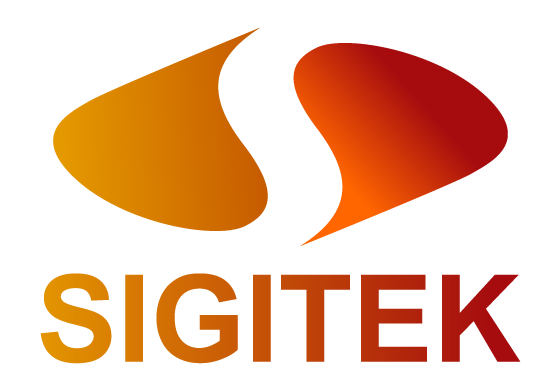Unleashing the Power of AI and ML OCR
Introduction
- Briefly introduce what OCR is and its significance in today’s digital world.
- Highlight the role of AI and machine learning in revolutionizing OCR technology.
The Basics of OCR
- Explain the concept of OCR and its primary purpose.
- Discuss the challenges faced in traditional OCR methods.
AI and ML in OCR: How It Works
- Provide an overview of how AI and machine learning are integrated into OCR systems.
- Detail the image preprocessing steps, such as noise reduction, binarization, and deskewing.
- Explain the use of convolutional neural networks (CNNs) for feature extraction in text recognition.
- Discuss how recurrent neural networks (RNNs) or transformers are utilized for sequence modeling and language context.
Tesseract: The Open-Source OCR Solution
- Introduce Tesseract as a powerful open-source OCR engine.
- Explain how Tesseract uses machine learning techniques for text recognition.
- Provide code examples of using Tesseract in Python to extract text from images.
Enhancing OCR Accuracy
- Discuss techniques to improve OCR accuracy, such as:
- Language-specific models and training data.
- Fine-tuning neural networks for specialized fonts or styles.
- Combining OCR with other AI technologies like natural language processing (NLP) for context analysis.
Real-World Applications
- Showcase practical applications of AI and ML-powered OCR:
- Digitizing printed documents and books.
- Extracting data from invoices, receipts, and forms.
- Enabling text search within images for improved content discovery.
Challenges and Future Trends
- Address current challenges in OCR, such as handling handwritten text and complex layouts.
- Predict future trends in AI-based OCR, including improved accuracy, speed, and broader language support.
About Sigixtract
Sigixtract AI Platform enables Intelligent Data Extraction WITHOUT creating templates for each document layout. Automate end-to-end processes and run decision analytics directly on top of the documents.

